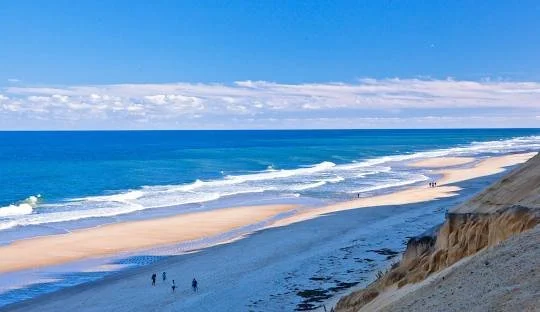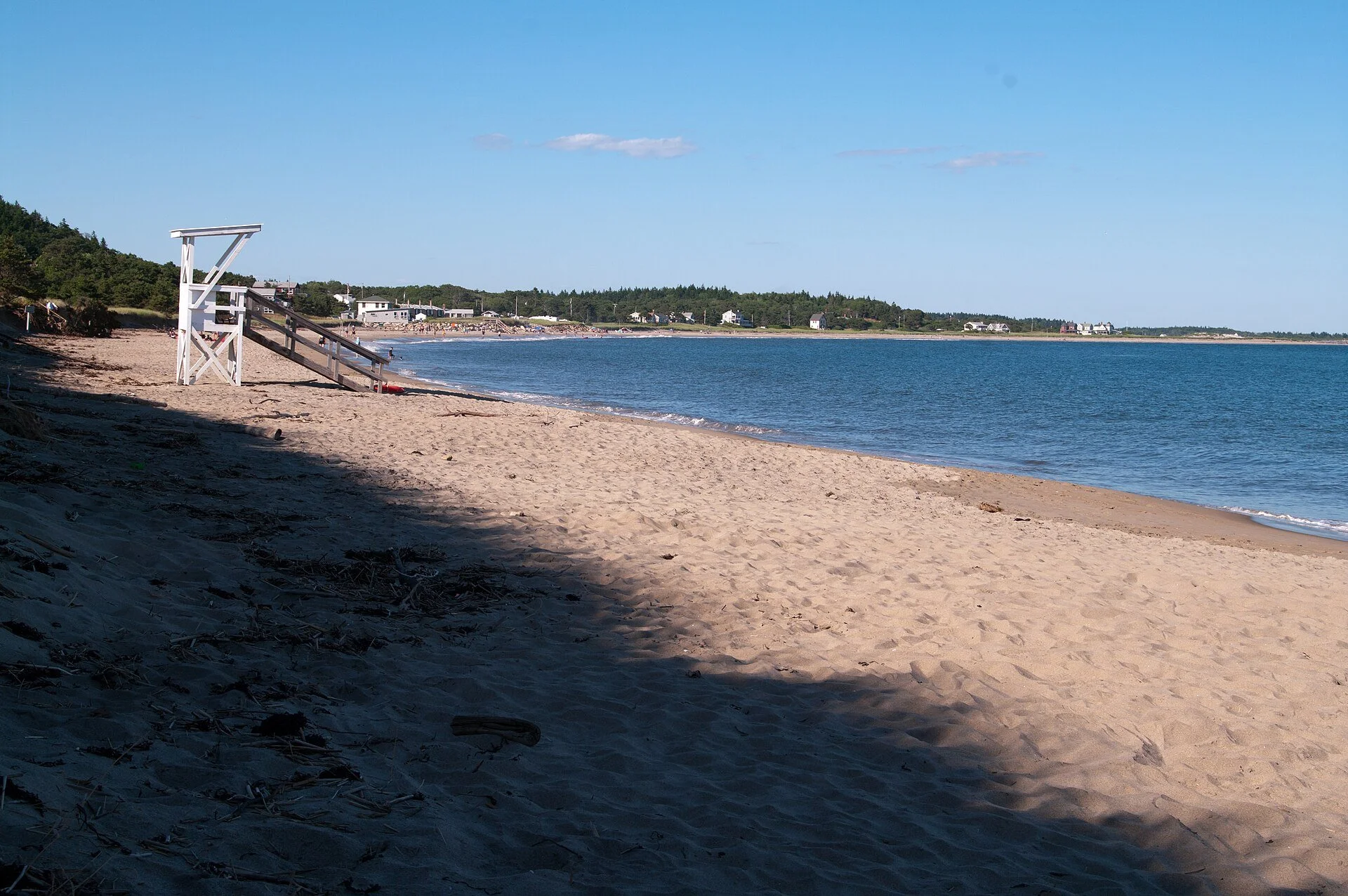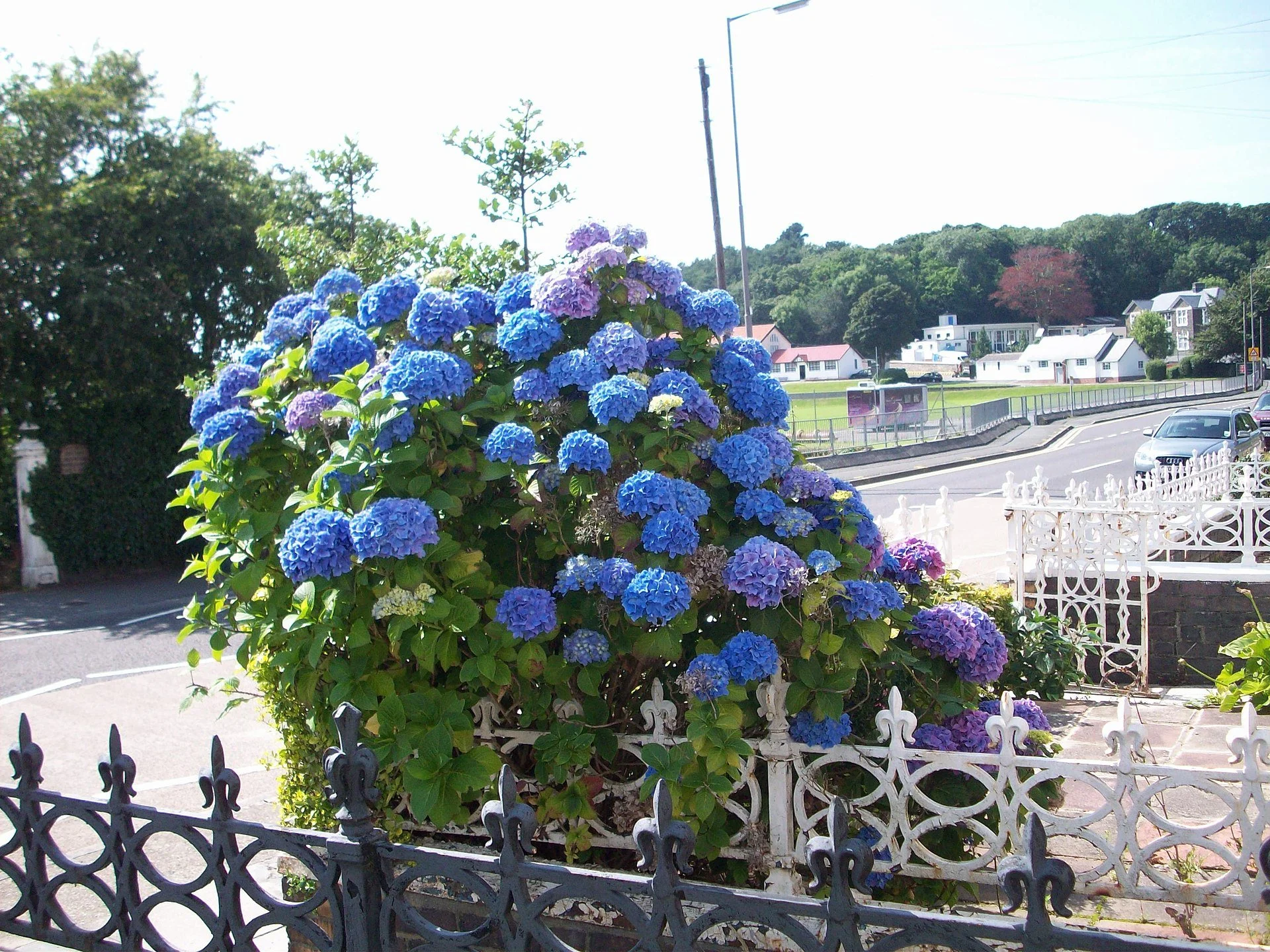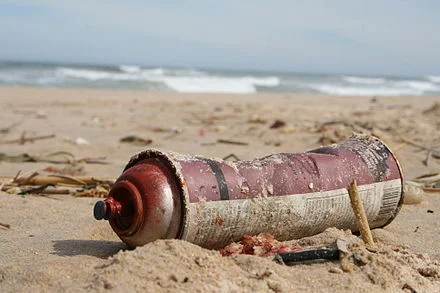
Thoughts about beaches
Nauset Beach on Cape Cod, with eroding bluffs.
Popham Beach, Maine, on an evening in July.
Photo by Dirk Ingo Franke
View of Nantasket Beach, in Hull, Mass., in 1879, when it was a very popular resort for Bostonians.
Adapted from Robert Whitcomb’s Digital Diary, in GoLocal24.com
“Objects on the beach, whether men or inanimate things, look not only exceedingly grotesque, but much larger and more wonderful than they really are.’’
-- Henry David Thoreau (1817-1862) in Cape Cod, published in 1865.
Sandy beaches, with dunes or bluffs behind, stony beaches and these days even disappearing beaches, draw us. I’ve lived near most major varieties.
Beaches invite long walks, and offer a wide-open view to the horizon, which we need in our all-too-indoors world. And they’re the best places for kite flying because they’re usually breezy; too bad that you don’t see as much kite flying these days. I mention in passing beaches as venues for sex. Bad manners.
They also offer surprises: The waves constantly bring in different things to look at – some beautiful, some hideous – maybe, if you’re unlucky, even a human body. Every day walking on a beach brings different revelations, especially when it’s stormy. You’ll find such treasures as colorful sea glass -- physically and chemically weathered glass found on salt-water beaches. There used to be a lot more before plastic (made from petrochemicals) took over much of the container business. Plastic bottles, etc., turn into microplastics that present a range of environmental woes.
Then there are skate-egg cases. But there are fewer interesting shells these days and, it seems, less driftwood. And far fewer horseshoe crab shells, in part because they’re being fished out for their blood for use in medical applications. You probably know that they aren’t real crabs, by the way, but, rather, related to spiders and scorpions. Creepy?
Then there are various kinds of seaweed, some of which are edible, and useful for other purposes, too, though they draw insects, some biting, to the beach, and can have a rank smell.
High summer on beaches thronged with people can be problematic. Best to go before Memorial Day and/or after Labor Day. Then you can hear the birds and the wind more than the yelps of vacationers; you’re more likely to avoid the screech of transitorily popular music, or cutting your feet on a beer can, and, if you’re casting for fish, less likely to catch someone in the eye.
I’ve been thinking a bit more about beaches these days because the last close relatives I’ve had on Cape Cod are selling their house in a village where we’ve had ancestors (many of them Quakers) since the 17th Century. There’s a beautiful sandy beach close by (though it’s eroding at an accelerating rate because of seas elevated by global-warming) that brought us many fine memories. The clean water is warm from late June to late September – in the 70s (F) – and there were/are graceful sand dunes we used to roll down as kids.
My paternal and laconic grandfather, who lived in West Falmouth after retirement, used to call the entire Cape “The Beach.’’
Hydrangeas bloom for several weeks.
— Photo by EoinMahon
Summer bloom bursts
How nice now to enjoy such spectacular blossoming of hydrangeas as distraction from so much grim news. Of course, most news in the media is grim: “If it bleeds it leads’’. Gotta turn it off now and then.
The mild and wet winter is being given much of the credit for the particularly vivid colors of these acid-and-coastal-loving bushes this summer, which can make walking around so cheery and make you forget that the most colorful time of the year is late spring and October, not mid-summer. There’s a great Robert Frost poem called “The Oven Bird,’’ that deals with this.
Now a lot of the blooms, which come in a range of colors, are fading.
Beach bathos; save our shellfishermen
From Robert Whitcomb’s “Digital Diary,’’ in GoLocal24.com
Rhode Island Gov. Gina Raimondo has rightfully cut back parking at Scarborough and Misquamicut state beaches because of overcrowding, especially by young adults (many from out of state) who ignore social-distancing and face-mask directives. But anyway, I have always been surprised by the number of people who want to crowd together on a hot humid day on a beach, pandemic or not. A nice seat in an air-conditioned room or a walk in the mountains seems more inviting in mid-summer.
Meanwhile, it’s depressing to see the number of jerks who give retail people, such as at ice-cream stores, a hard time when the latter try to enforce pandemic guidelines. There are enough such people to have led a few store owners to decide to close for the duration. Selfish people making a tough period worse!
Of course mask-wearing is capitulation to the “liberal elite”!
New Shell Games
The shellfish industry – both wild-caught and aquaculture-grown -- is over-dependent on the restaurant industry and thus has been slammed during the pandemic. Many restaurants are reopening, but only at 50 percent or less capacity, and some have closed permanently.
So the oyster, quahog, soft-shell clam and mussel collectors are working hard to develop direct relations with consumers, with the latter going directly to oyster and other cooperatives to buy the stuff, to farmers markets and supermarkets or even have them delivered to homes and places of business. It reminds me of the fish man who would peddle his stuff, right off the boat and put on ice and covered with canvas, at the back of his truck, around our coastal town when I was a kid. (Was that illegal?)
Shellfishermen are just so New England. Let’s support them.
Southern New England's polluted beaches
From ecoRI News (ecori.org)
Nearly 60 percent of the 4,523 beaches tested nationwide last year had water pollution levels on at least one occasion that put swimmers at risk of getting sick, according to a new report by Environment America.
The report, Safe for Swimming?, looked at fecal bacteria levels at beaches in 29 coastal and Great Lakes states, as well as Puerto Rico.
“Swimming at the beach is a prime summertime joy for millions of Americans, but clearly we have more work to do to make sure water at all our beaches is safe,” said John Rumpler, Environment America’s clean water program director. “We must invest in water infrastructure that prevents pollution to ensure that America’s waterways are safe for swimming.”
Fecal bacteria can make people ill, particularly with gastrointestinal ailments. Common sources of this pollution include stormwater runoff and sewage overflows. Swimming in polluted water causes an estimated 57 million cases of illness annually, according to a 2018 study published in the journal Environmental Health.
This problem is widespread. In Illinois, for example, all 19 beach sites sampled exceeded the margin of safety for fecal bacteria recommended by the Environmental Protection Agency (EPA).
As for southern New England, here is what the report found:
Rhode Island: 54 of 129 beach sites sampled were potentially unsafe for at least one day in 2018. A sampling site at Easton’s Beach in Newport was potentially unsafe for 10 days, more than any other site in the state.
Massachusetts: 223 of 583 beach sites sampled were potentially unsafe for at least one day. A sampling site at Nahant Bay was potentially unsafe for 39 days.
Connecticut: 81 of 113 beach sites sampled were potentially unsafe for at least one day. A sampling site at Byram Beach in Fairfield County was potentially unsafe for six days.
Across the country, 2,620 beach sites exceeded the EPA margin of safety at least once last year. Of those, 605 locations were potentially unsafe in at least one-quarter of the bacteria tests. All told, there were 871 beach closures nationwide in 2018.
The 46-page report includes several recommendations to prevent bacterial pollution and keep beaches safe for swimming. Rain barrels, rooftop gardens, permeable pavement, and urban green space can all absorb stormwater runoff and help prevent sewage overflows.
“Our analysis of nearly 200,000 sampling results reveals threats to public health at beaches in every corner of the country,” said Gideon Weissman, of Frontier Group, which co-authored the report. “It's no longer enough to warn swimmers when beaches may be unsafe, especially when there are steps we can take today to reduce the threat of bacterial contamination in our waterways.”
Llewellyn King: Guilt-stricken meat eater; review of train stations; our beaches are better
'They treat us like equals''
NOTEBOOK
Italian Veal Caper
Let me be out front about my hypocrisy when it comes to eating animals. I’m a shameless carnivore, but I hate to think of the herds of cattle, pigs and sheep that I've eaten.
In my heart, I’m a vegetarian, but my stomach has an hereditary attachment to the hunters who preceded me. So I eat meat and wish I didn’t.
The best I can do to atone for this sin is to avoid bacon, not because I don’t love it; I do, but I think, along with Winston Churchill, that pigs are pretty terrific creatures. Of course, I do gobble the odd pork roast and chop; so my hypocrisy flourishes.
In case you’ve forgotten, this is what Churchill had to say about pigs, “I like pigs. Dogs look up to us. Cats look down on us. Pigs treat us as equals.”
Well, all of this is by way of a gastronomic enquiry: Why is there so little veal on the menus of Italian restaurants, which abound in New England? Rhode Island's numerous Italian restaurants just give a nod to veal, once the staple meat of the fine Italian table, north and south.
Now, I find chicken has replaced veal on Italian restaurant menus. Such standards as veal franchese, veal saltimbocca and veal marsala are mostly made with chicken.
Osso buco (braised veal shank) has almost disappeared from restaurant menus. You can't make it with chicken. My wife, Linda Gasparello, makes delicious osso buco. But buying the veal shanks for a recent dinner party involved perseverance.
Are we saving the calf and sacrificing the chicken? Looks that way. Eat up and leave the agonizing to me.
Train Trials: Amtrak Stations That Are OK, Great and Awful
In the main room of the Providence train station. On the floor is carved the lovely phrase from Robert Louis Stevenson: "For my part, I travel not to go anywhere, but to go. I travel for travel's sake. The great affair is to move.''
As readers may know, I’m the fat man in the bow tie, so often seen on the Amtrak train between Providence and Washington, D.C. I take the Northeast Regional in times of low economic activity, as it's now for me, and the Acela when economic activity is robust.
The train is really pretty good or, at least, agreeable. But the stations are something else.
Starting at the head of the line, Boston's South Station has lots of places to eat, but few to sit and wait for your train.
Providence's Amtrak station is a train-rider's joy. A small rotunda with a wonderful sandwich bar – with possibly the best sandwiches in the state – Cafe La France
Going swiftly to my next alighting point: New York's Penn Station. It's just scary, with too much third-rate retailing, too many people squeezed together under a ceiling that’s too low. It's filthy, unfriendly, probably unsafe and everything that train travel used not to be. Even a Zaro's Bakery outlet can't redeem it.
Union Station in Washington, D.C., is an architectural masterpiece and the main hall has been fabulously restored. However, Amtrak, which operates the facility, which also serves commuter trains into Maryland and Virginia, seems to care more about rental income than people. There's too much retailing near the train gates, too little use of the glorious main hall. Worse, passengers waiting for trains have to hunt for the few broken chairs in the station.
It’s a pleasure to get on train just to sit down. I hasten say that Union Station isn't as awful or threatening as Penn Station, but it could use some passenger-friendly improvements.
California Beaches Versus New England Beaches
Recently, I found myself again in one of those arguments that won’t be settled and won’t go away: Where are the best beaches? This argument usually boils down to a contest between California and southern New England.
Let me be partisan: Our beaches are best.
The reason has nothing to do with the tonnage of sand per bather. Rather, it's our secret weapon: the Gulf Stream, which in the summer and early fall sends water that can get well up into the 70s to the southern New England coast, most noticeably into Buzzards Bay. It means that in summer, there's no beach that isn't bather-accessible. You can go in the water.
I've done some pretty thorough research on the western shores of the country and they do have great sand, surf and sunsets -- maybe the best -- but the water is cold. I once ran naked into the Malibu surf to impress an actress: It didn’t work and I froze. In fact, you have to go as far south as San Diego before the water is swimmable.
Sunsets and sand are nice, but you do want to run into the water? We win.
Llewellyn King (llewellynking1@gmail.com), a frequent contributor to New England Diary, is executive producer and host of White House Chronicle, on PBS. He’s also a veteran publisher, editor, columnist and international business consultant











